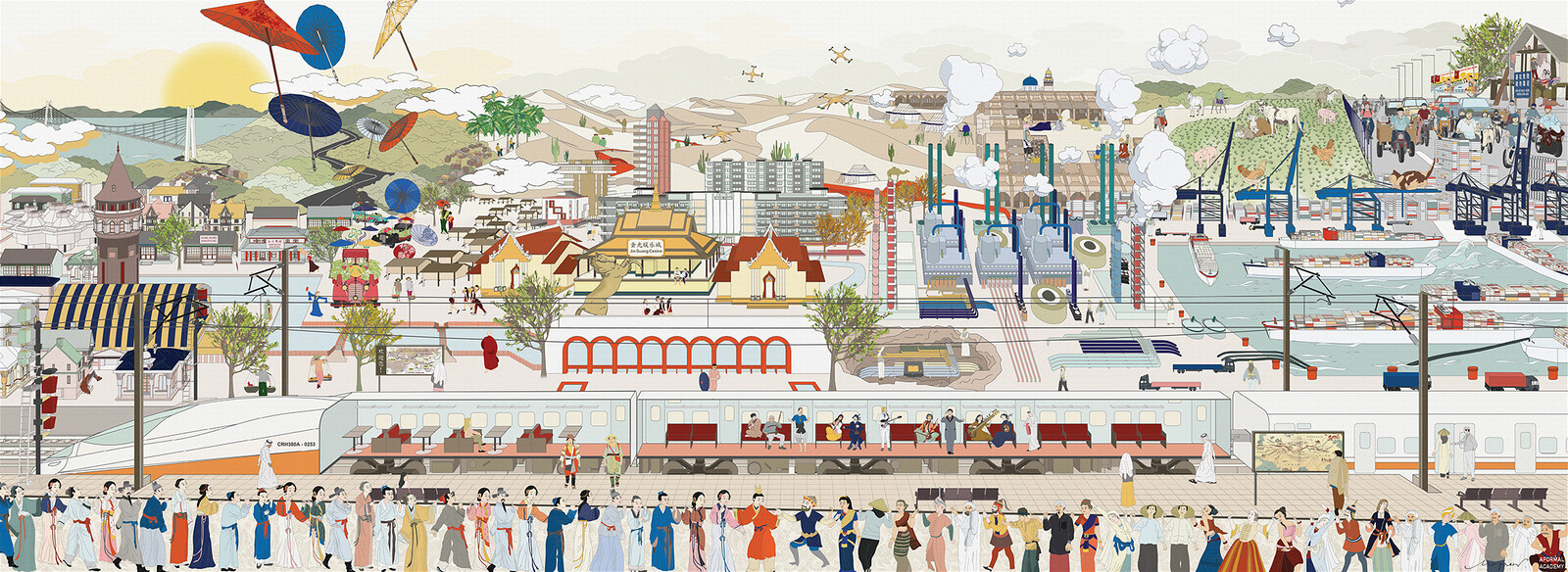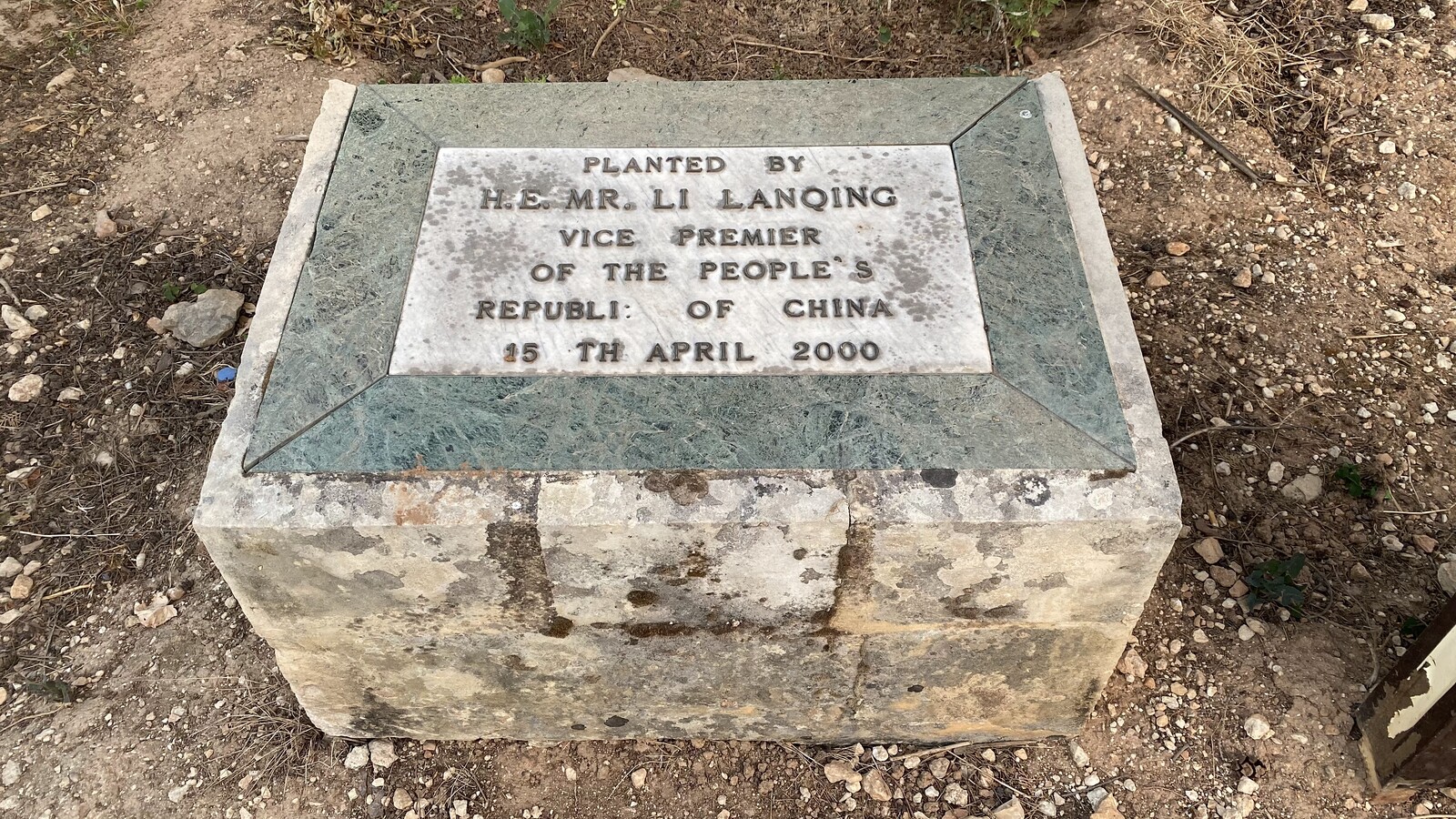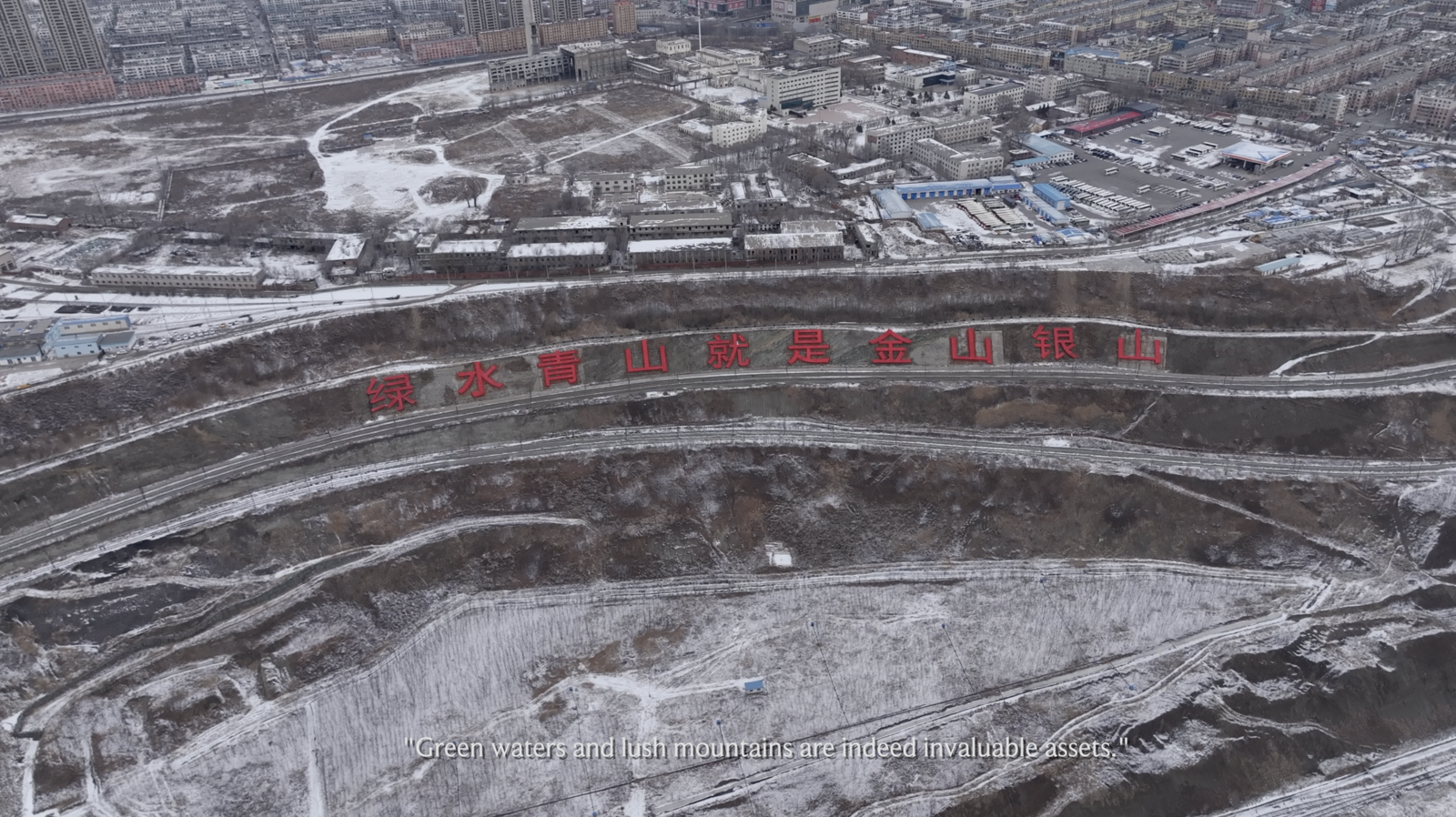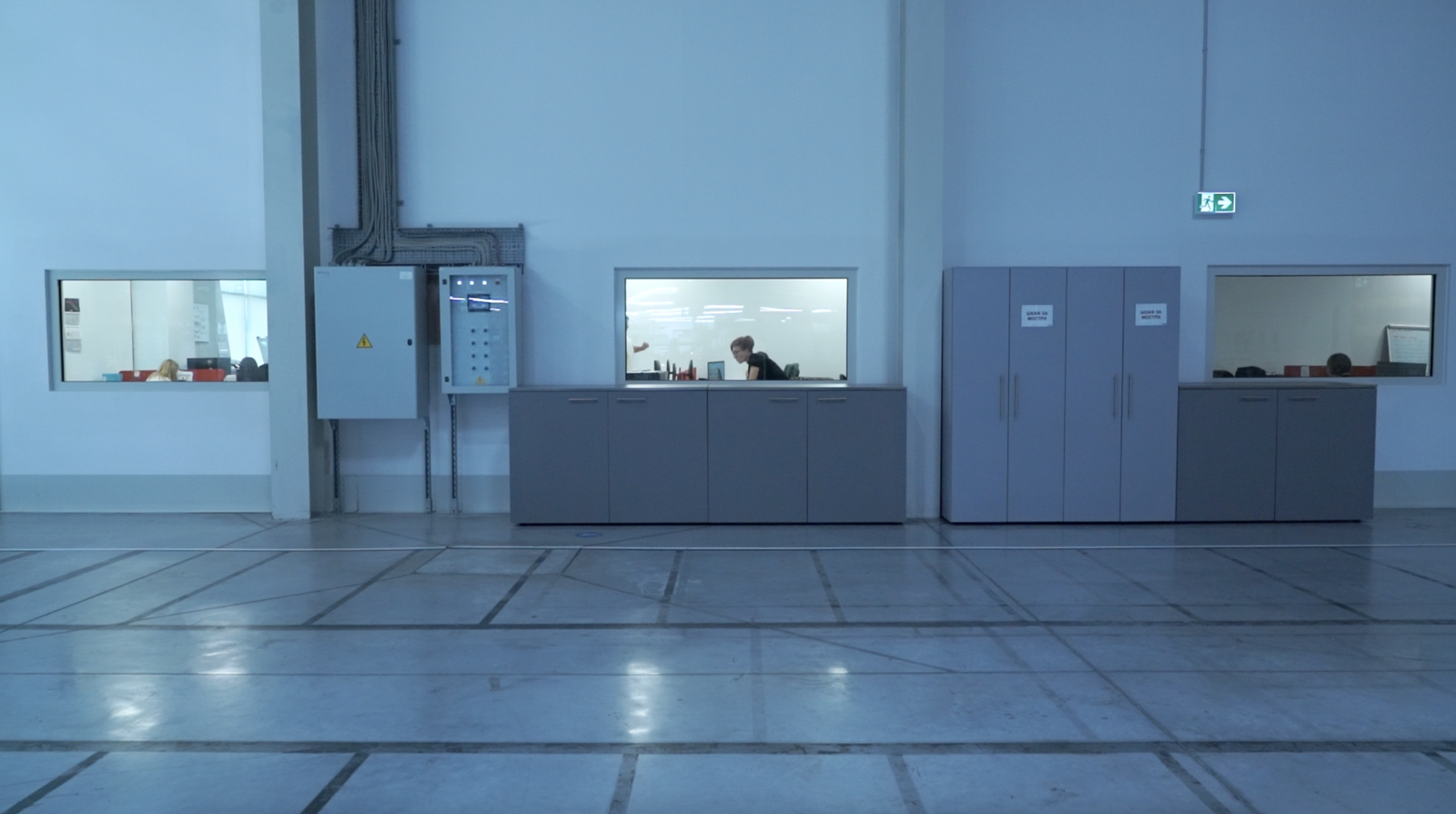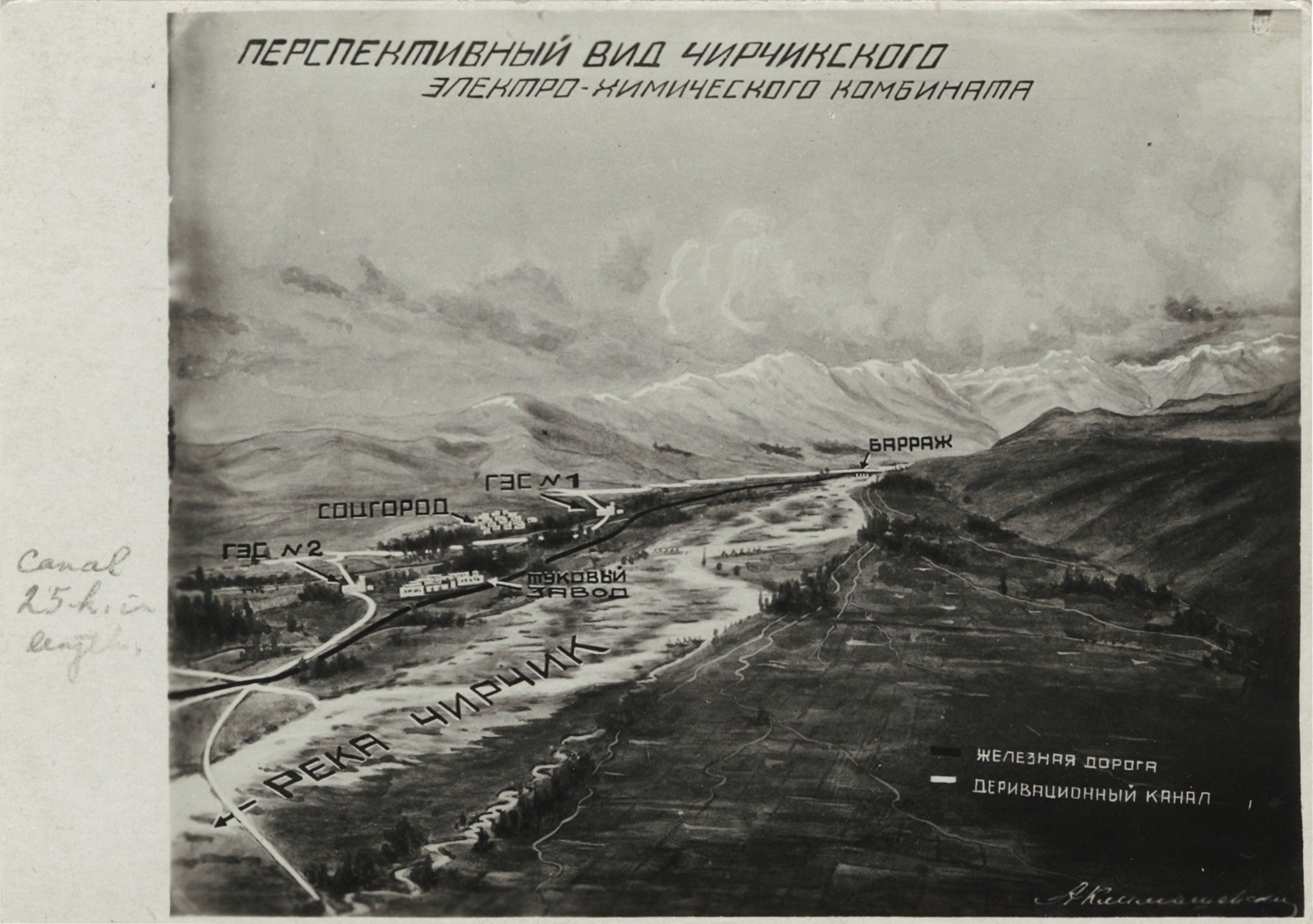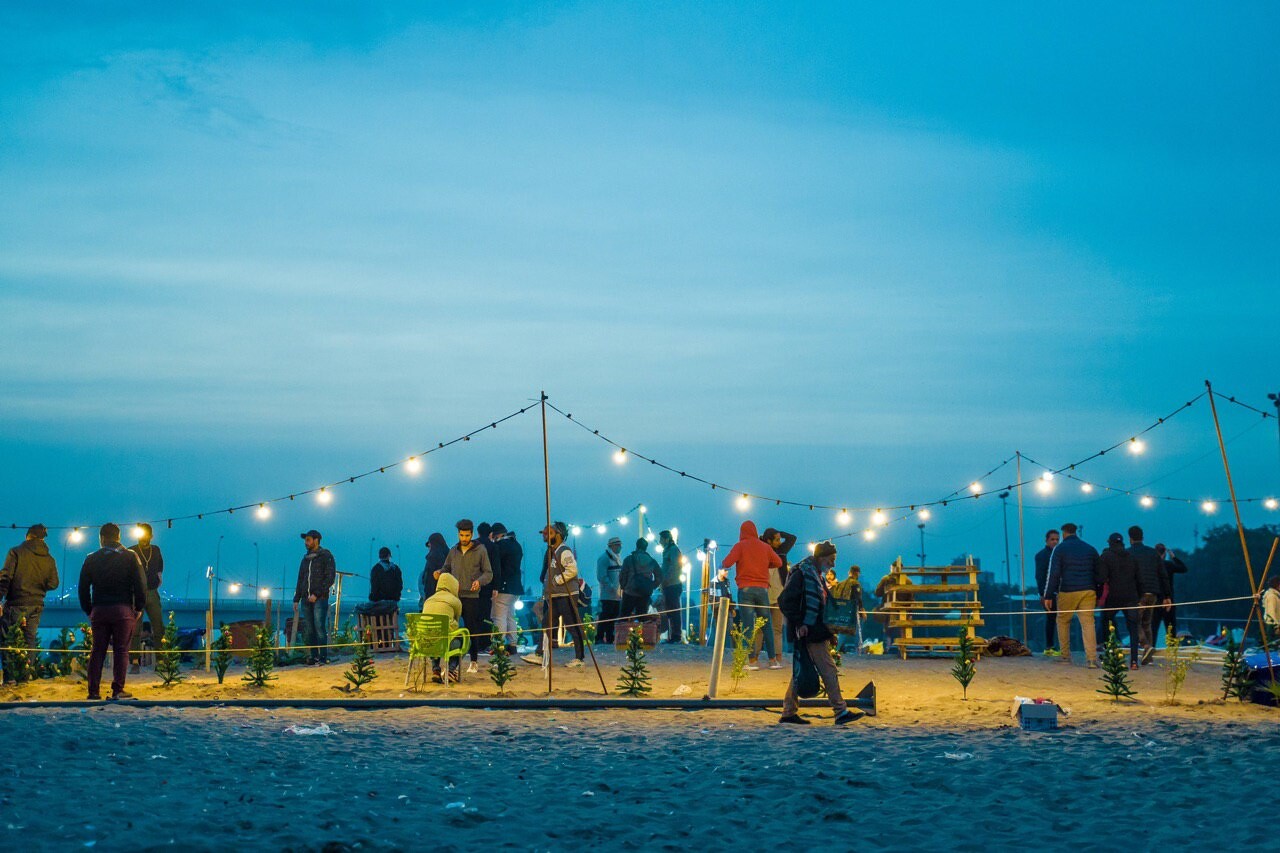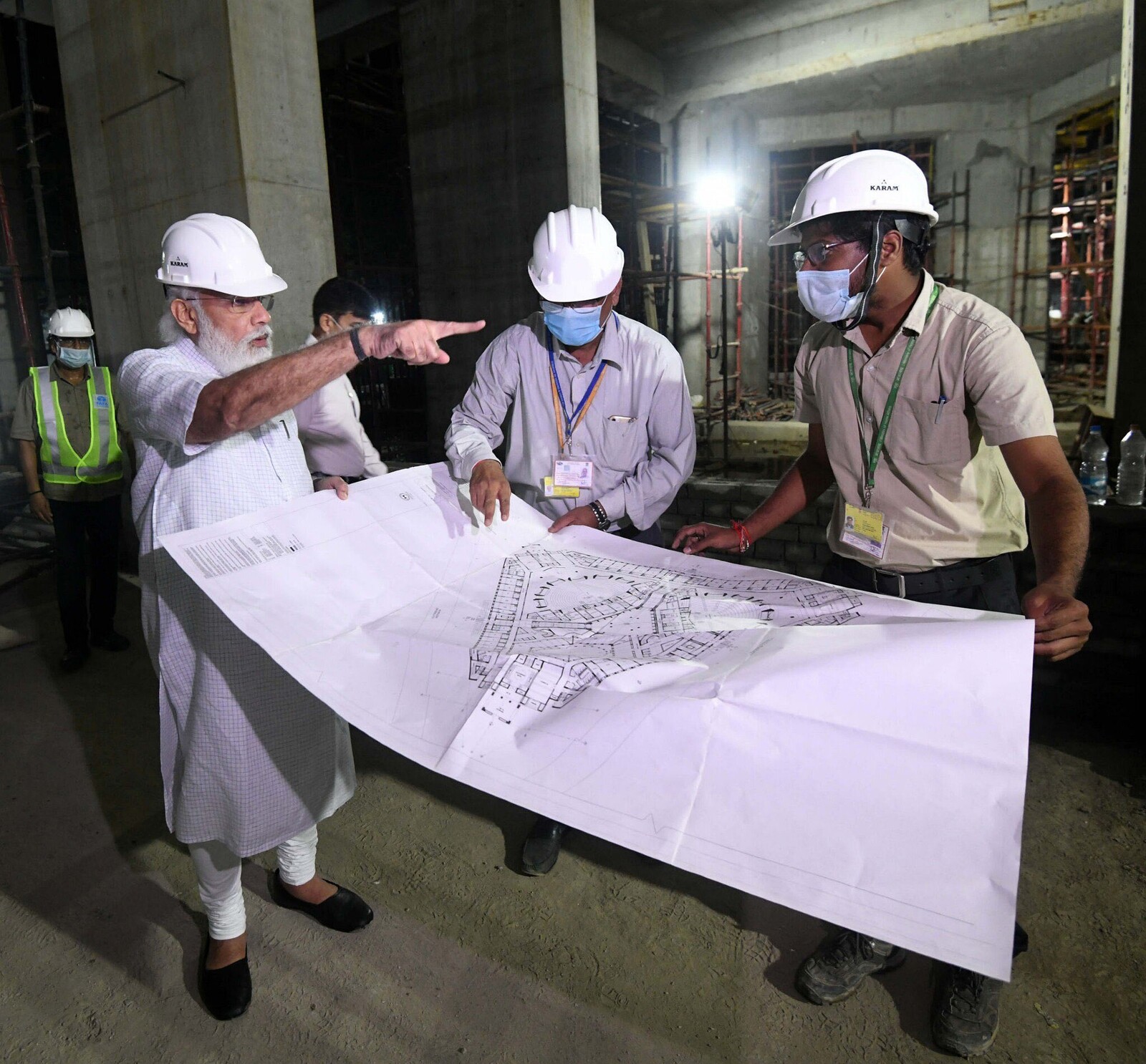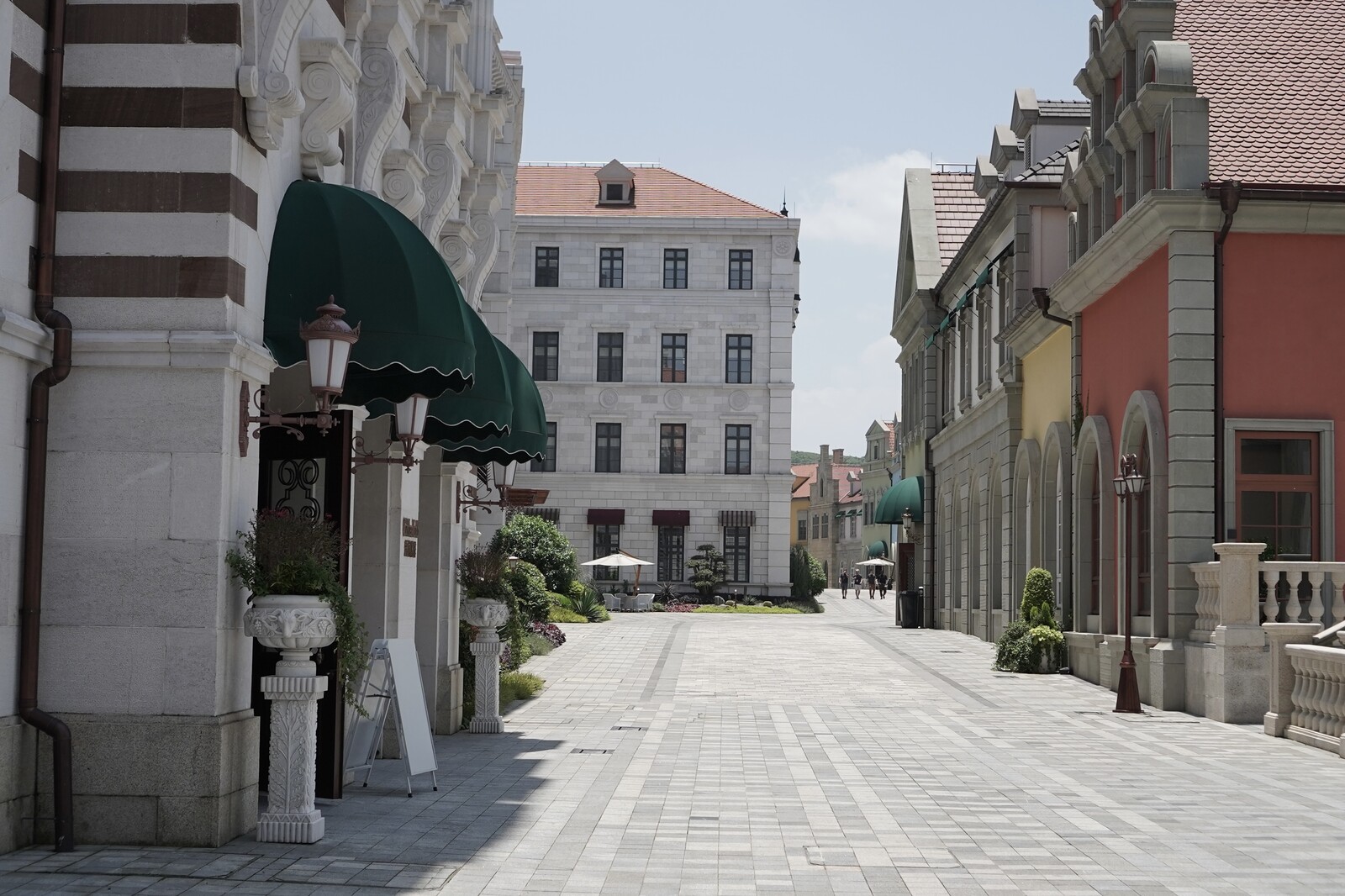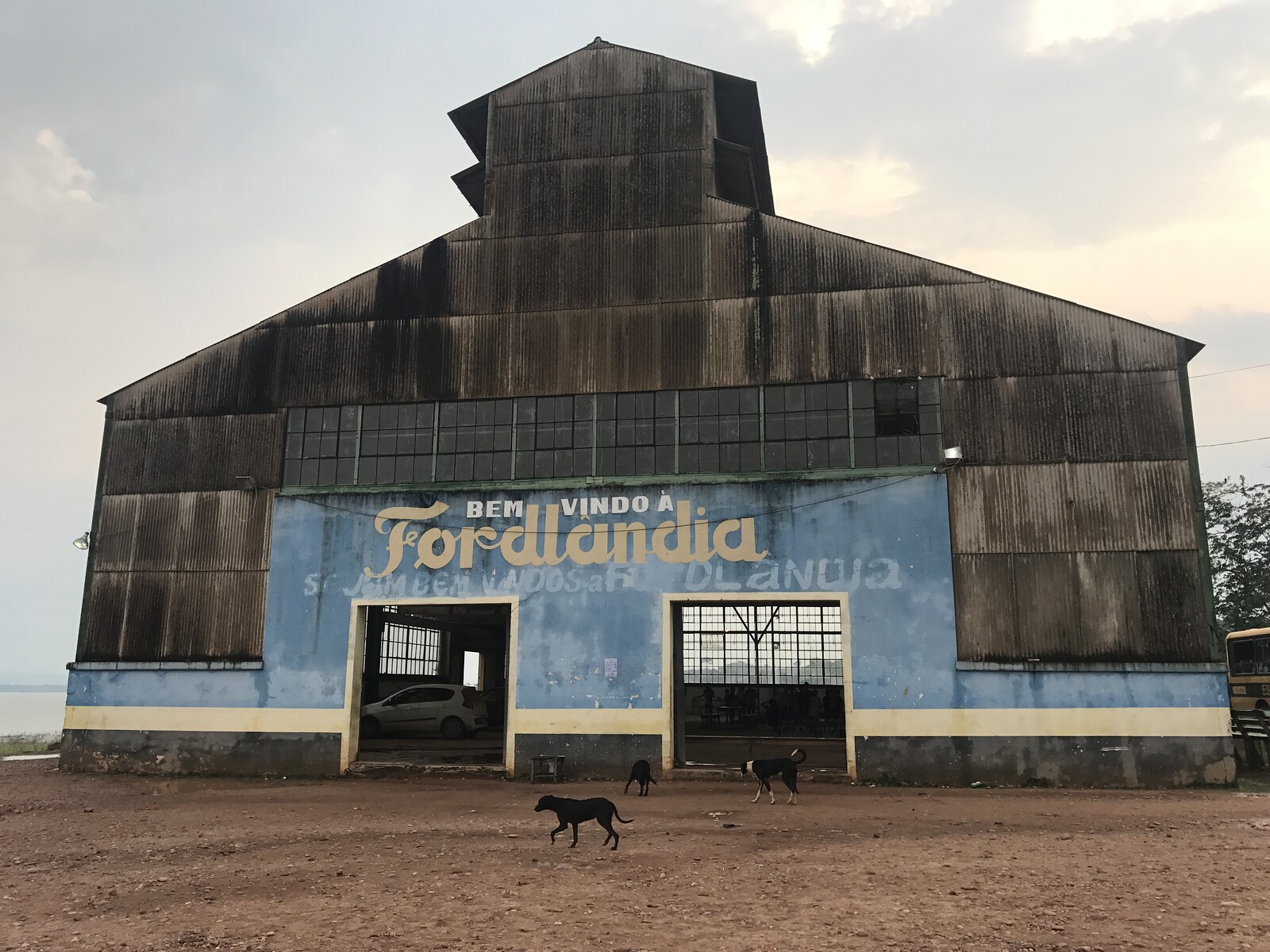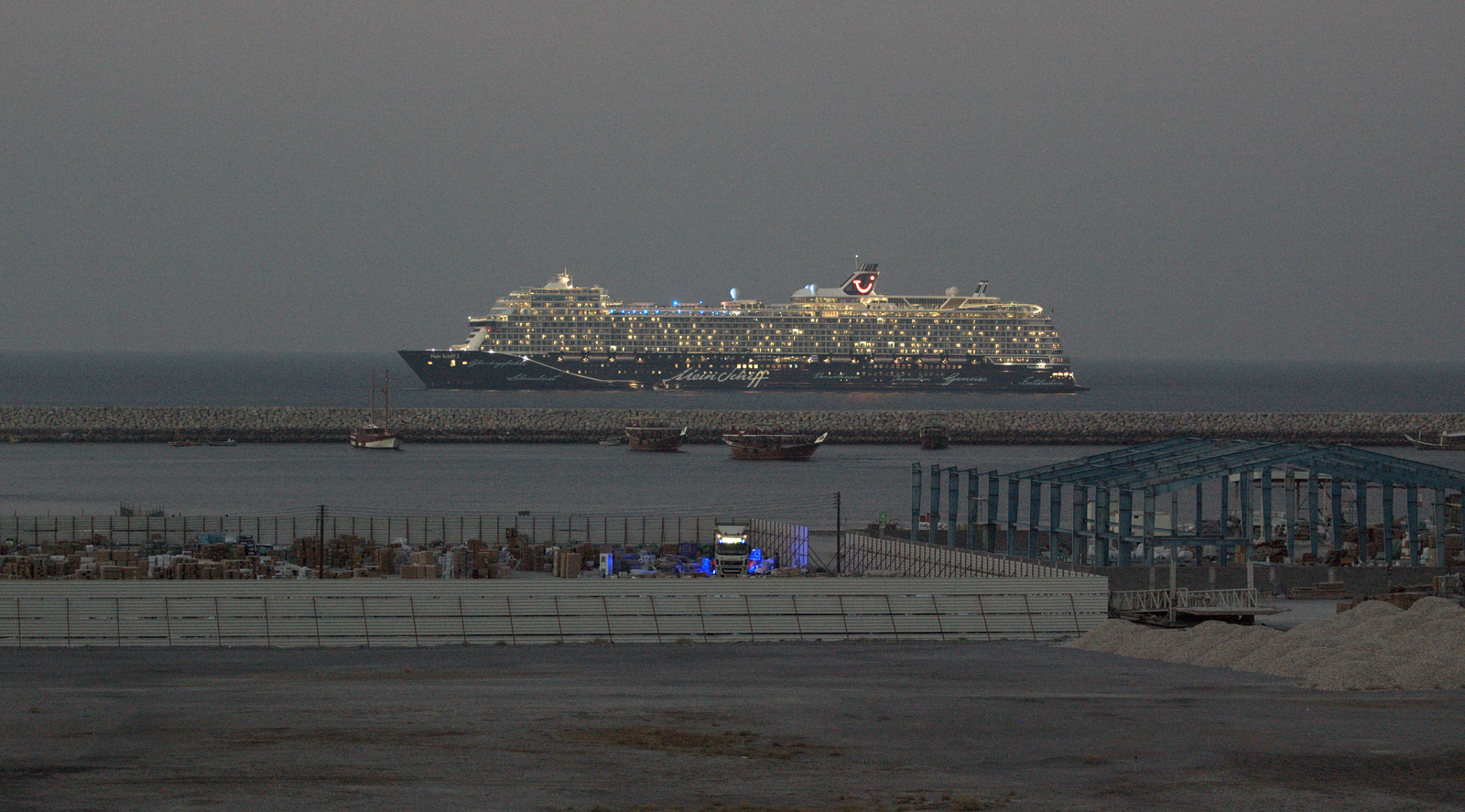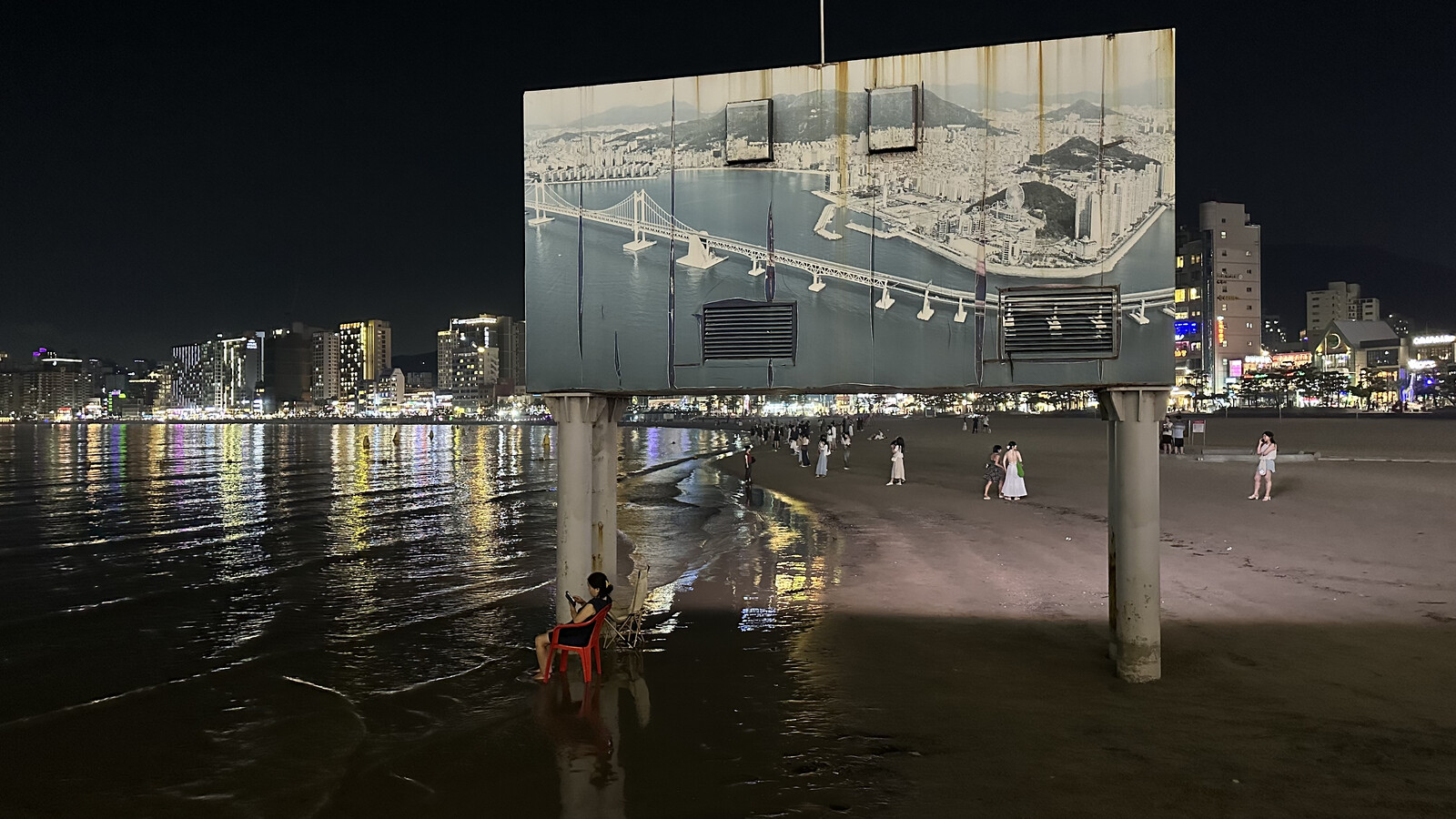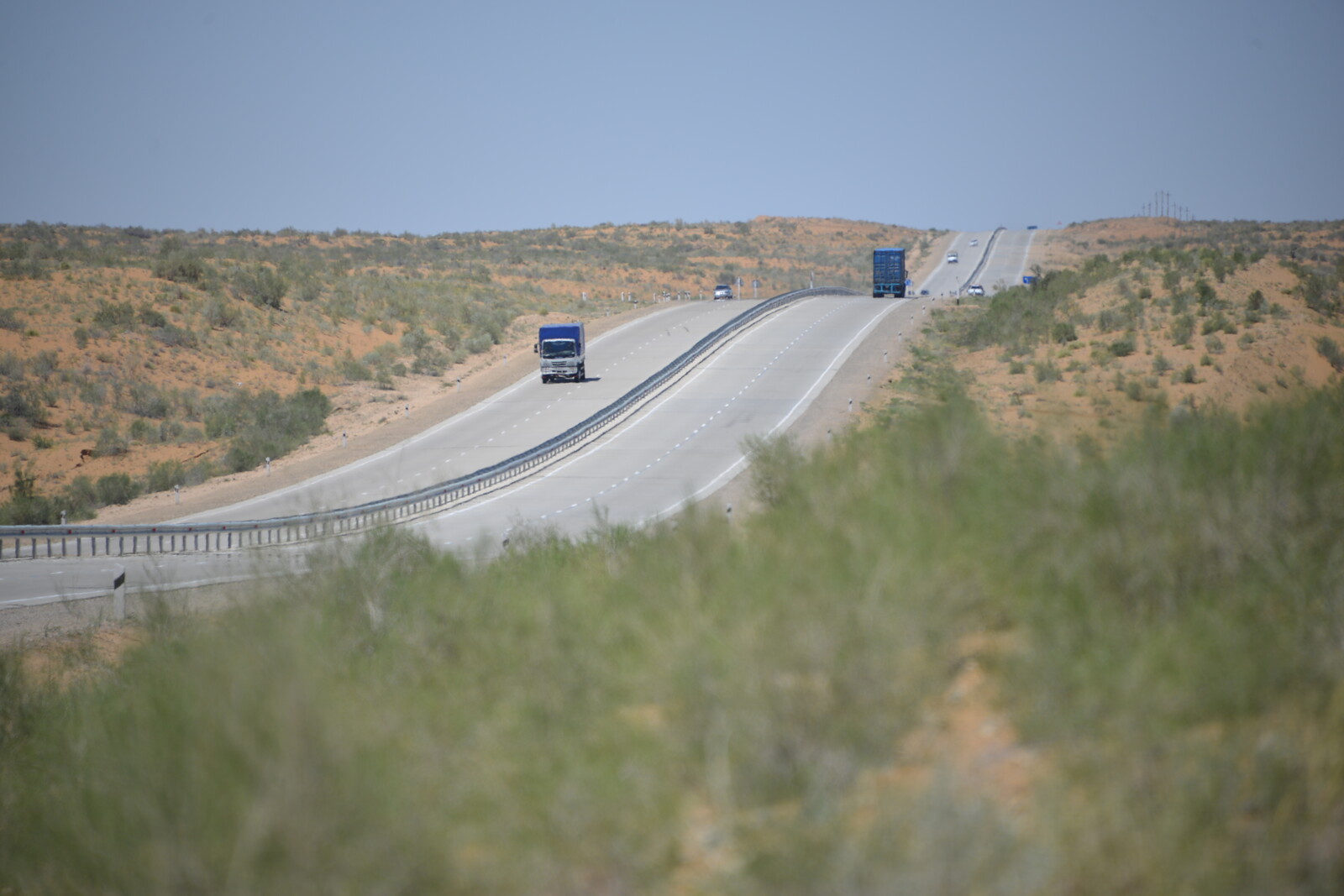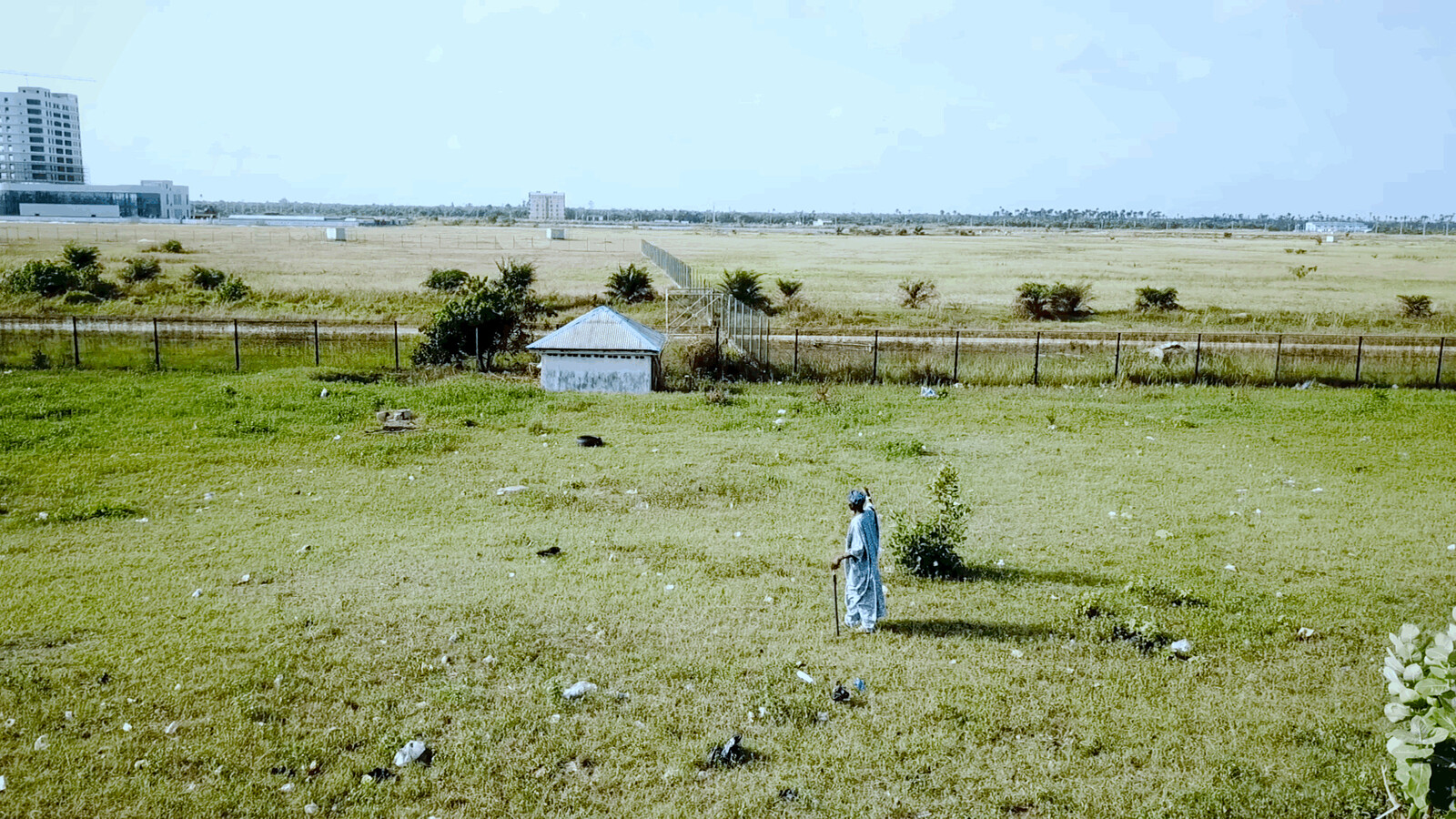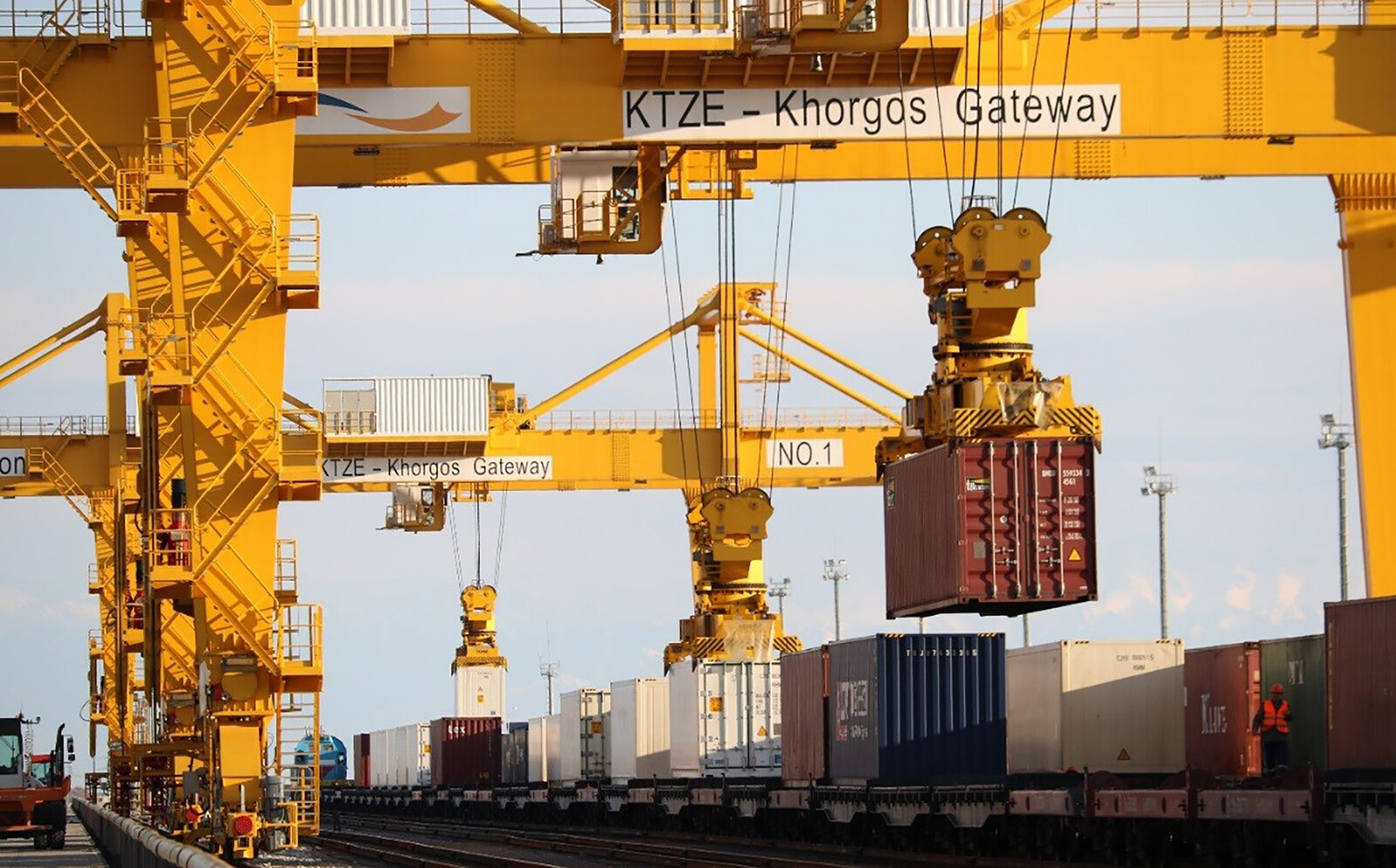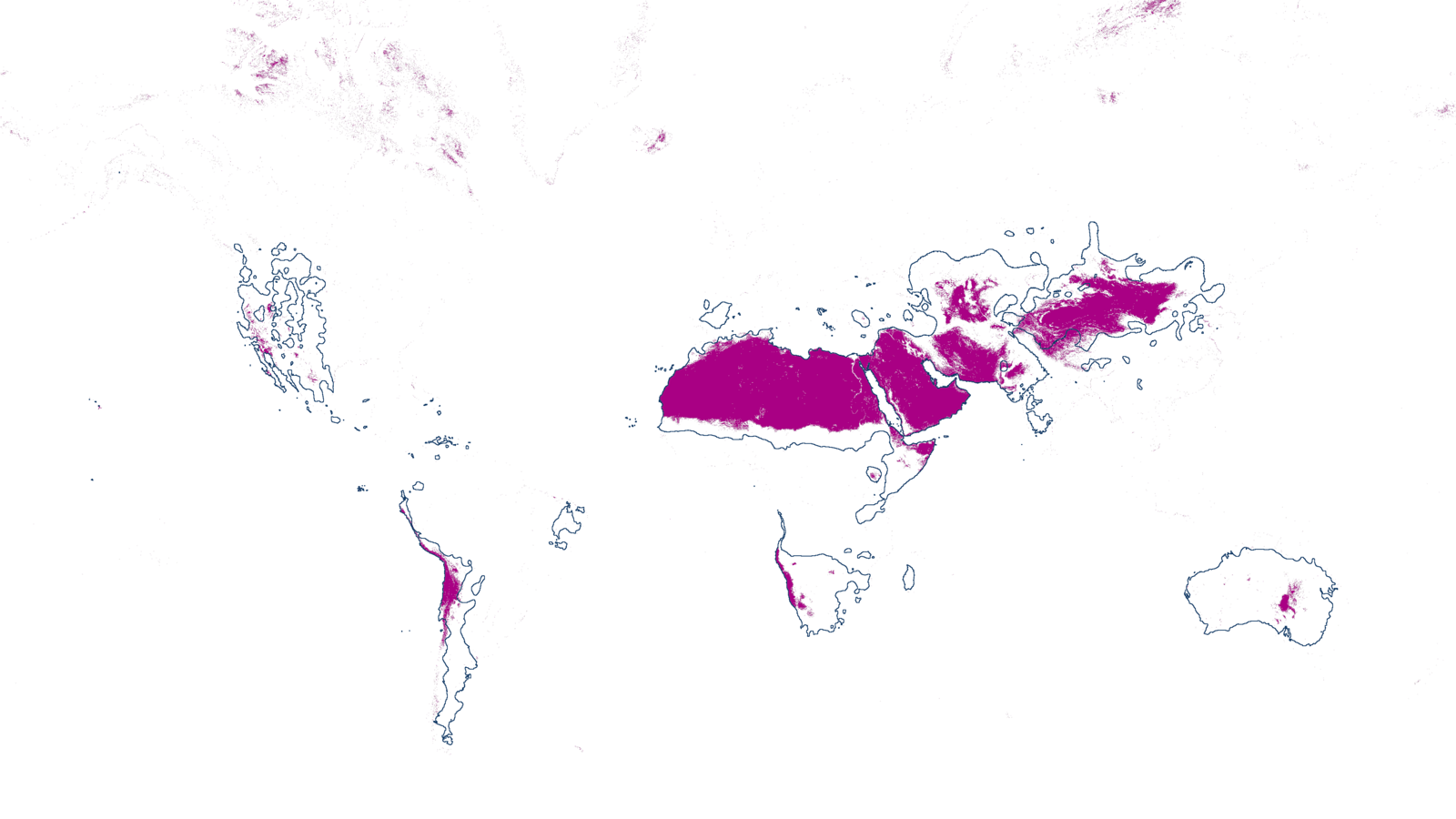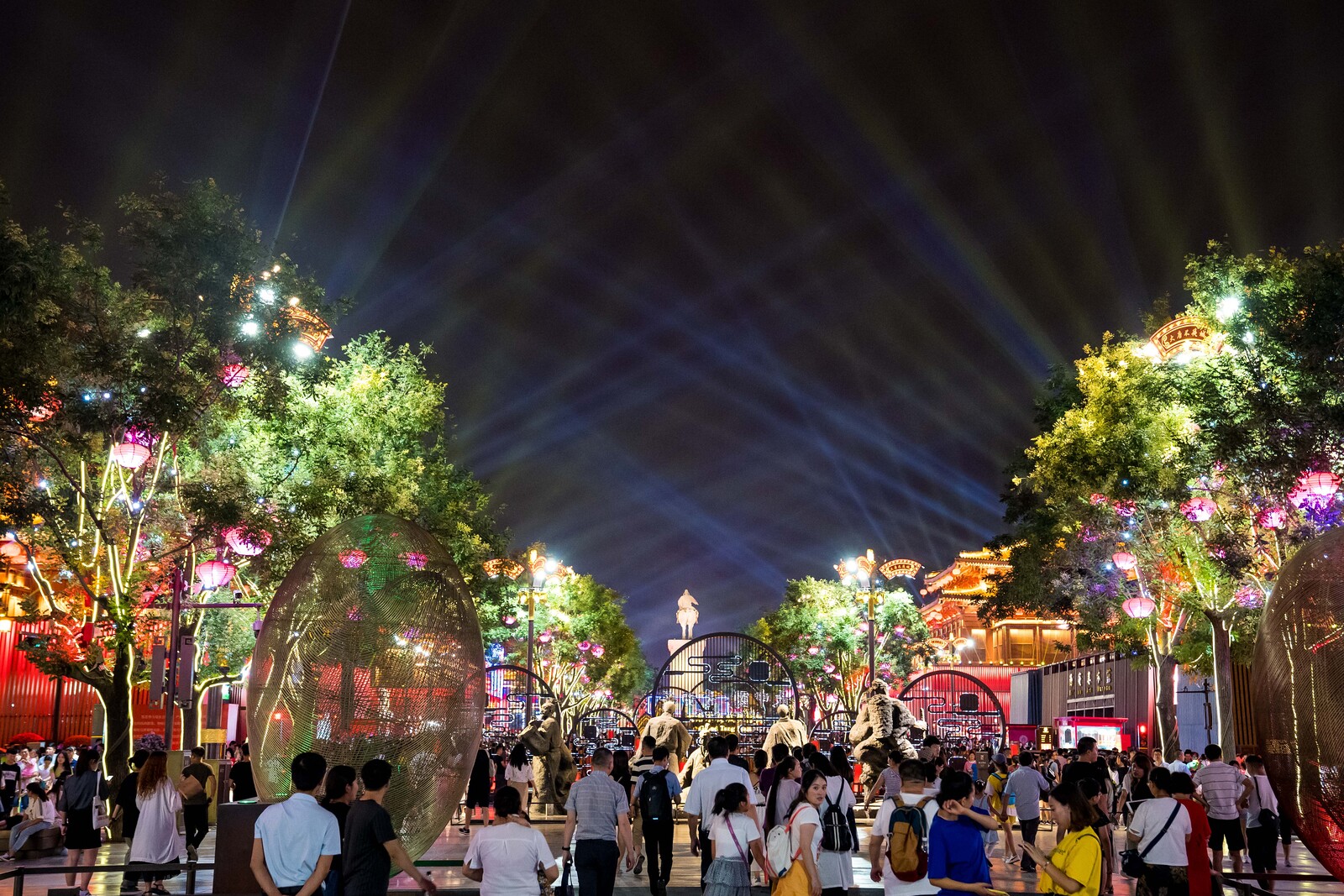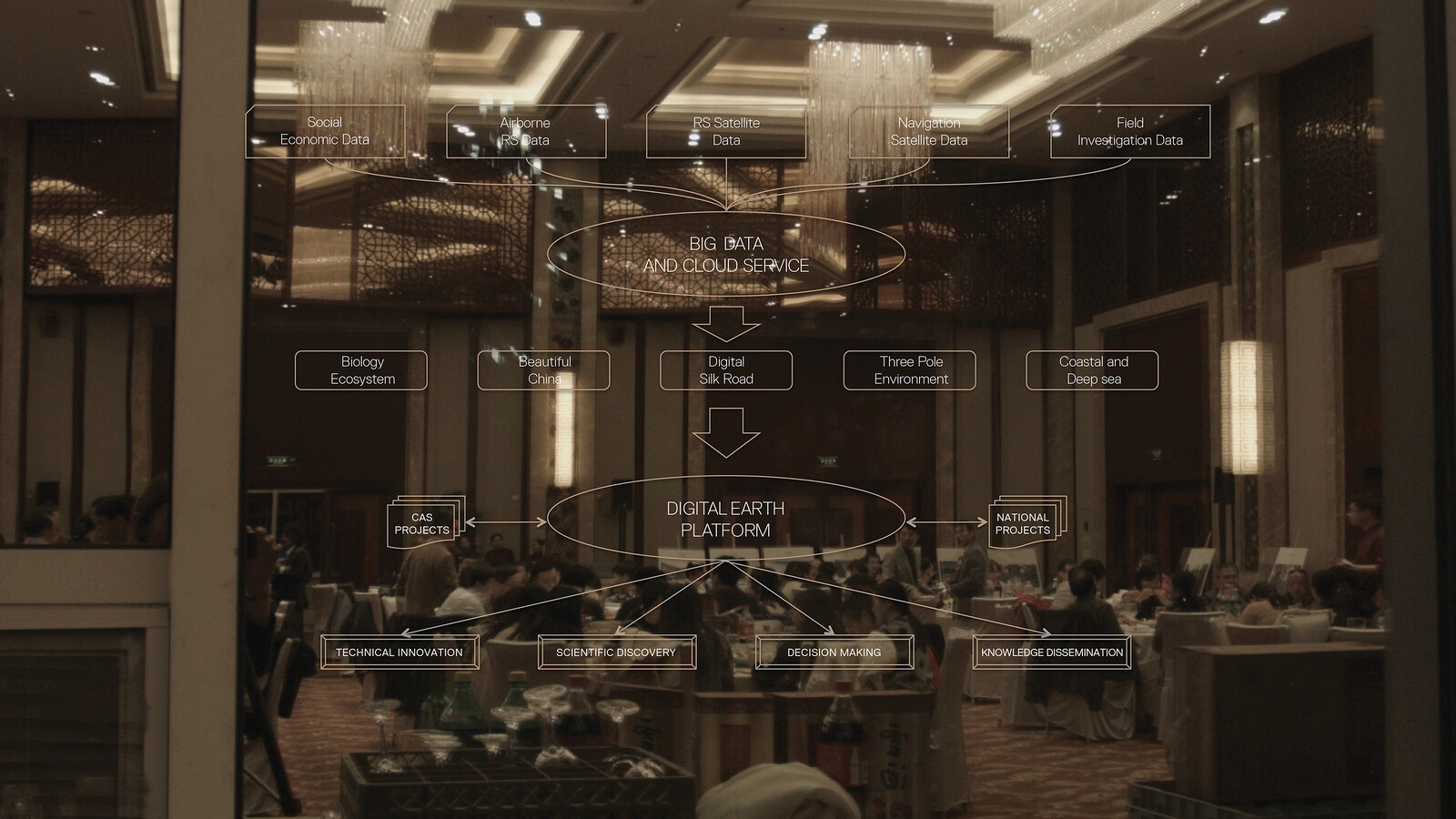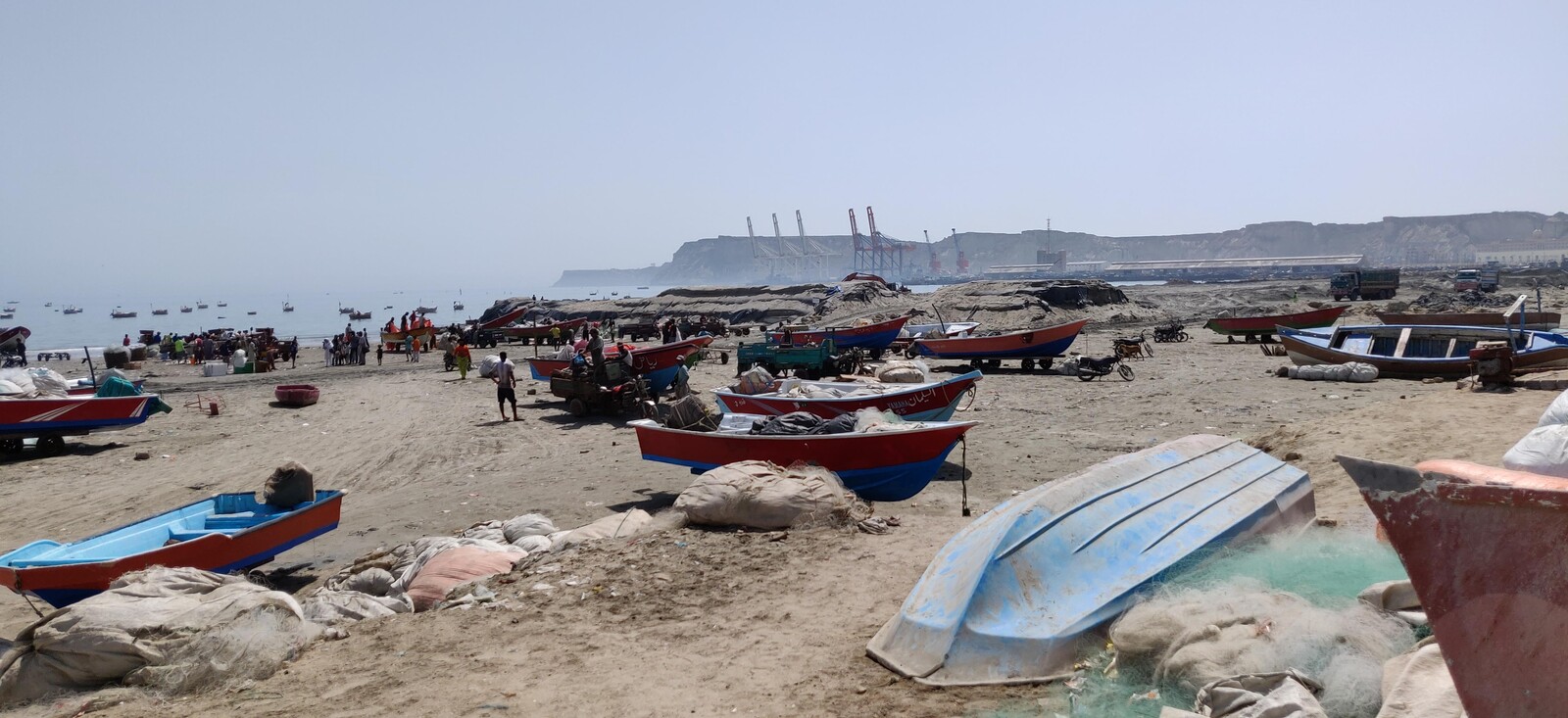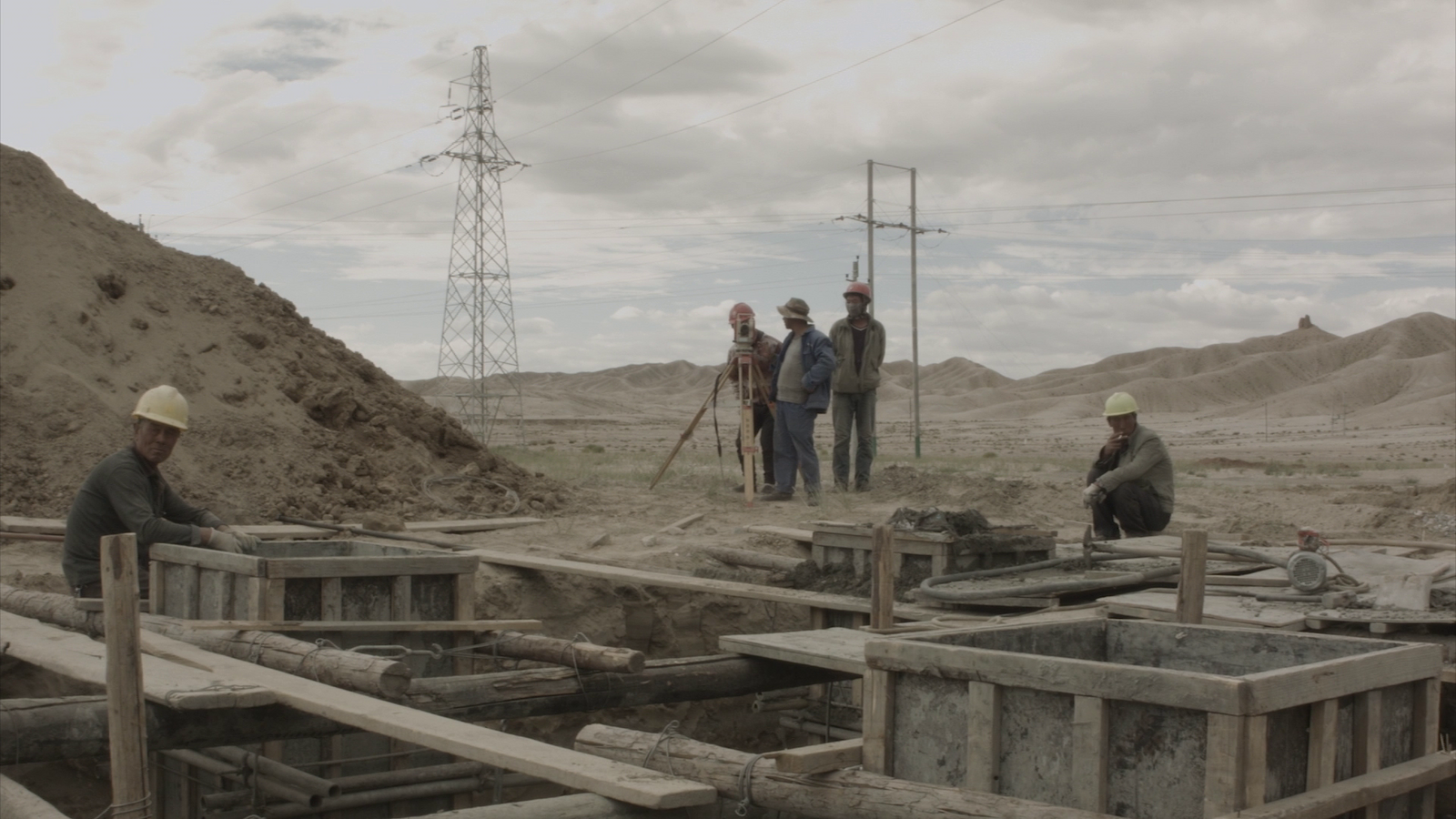New Silk Roads is a collaboration between Aformal Academy and e-flux Architecture. The project has been supported by the Design Trust and produced in cooperation with Digital Earth. It features contributions by Tekla Aslanishvili and Orit Halpern, Nishat Awan and Zahra Hussain, Danika Cooper, Jeremiah Ikongio, Timothy Mitchell, Ştefan Rusu, Maia Adele Simon, Solveig Suess and Asia Bazdyrieva, and Tim Winter.
On September 8, 2013, China’s president Xi Jinping launched the largest infrastructure project of the twenty-first century, the Belt and Road Initiative (BRI). Since then, the Chinese government has facilitated and invested in new construction, development, and communication projects around the world in an attempt to link together more than fifty percent of the world’s population and economic output through trade. New ports, airports, rail lines, highways, fiber optic cables, utilities, industrial centers, special economic zones, urban districts, and entire cities have been planned, financed, and realized by Chinese entities mainly throughout Eurasia, Africa, and expanding into Americas.
Although commonly depicted as a series of continuous lines drawn on a map—with the “belt” referring to land-based developments and the “road” referring to sea-based ones—developments have been more fragmentary, and focused on connecting specific regional “corridors.”1 There is no official list of participating governments or developments. Yet even if there was, it would only say so much, as each project is the result of a specific bilateral agreement with varying levels of participation from host countries, the details of which few are inclined to disclose. It is often only in the face of resistance or crisis that such information emerges.
The initiative as a whole is often referred to as a twenty-first-century Silk Road, and the project itself often invokes ancient precedent as a means of legitimation. Yet the name Silk Road (Die Seidenstrasse) was a name first coined in the mid-nineteenth century by the German geologist Baron Ferdinand von Richthofen to describe a series of disparate historical infrastructures that linked Asia, the Middle East, and parts of Europe in a network of commerce and exchange. Only consolidated and unified in the thirteenth century by the Mongol Empire, the Silk Road carried not only precious commodities, but also knowledge, skills, ideas, cultures, and beliefs, and had a profound impact on the history and civilizations of Eurasian peoples.
While the ancient Silk Road provides a mythological foundation for the Belt and Road Initiative, its form of statecraft bears closer affinity to a series of modern precedents. Indeed, most of the twentieth century’s imperial gambits sought to secure territory by means of infrastructural development, from the Marshall Plan to various midcentury city- and state-building exercises orchestrated throughout Latin America, Africa, and the Middle East. The agent of modern geopolitics was the nation-state and could thus be represented by closed shapes on a map filled in with one color or another. The Belt and Road Initiative, on the other hand, operates according to a different geometric logic, of points and lines. This requires new ways of reading power and calls for different tactics of intervention.
Much of the news surrounding the Belt and Road Initiative tends to be reported and discussed in abstract, ambiguous, and sweeping terms, and is often accompanied by vertiginous conjecture about grand narratives and global dominance. One could argue this is simply evidence of a twentieth-century mode of politics being confronted with the twenty-first century, or blame it on the fact that all governments (but especially the Chinese one, or so we might believe) are predicated on secrecy. Yet it might have something more to do with the initiative itself. Infrastructures are spatio-temporal constructs. They not only alter the logics of relation to resources, cultures, and geographies, but also to the past, present, and future. On the one hand, infrastructures guarantee the possibility of something—water coming from the tap, a train running on time—but, on the other, their effects are inherently uncertain.
Infrastructure looks towards the future. But it is built in the present, and on top of the past. Debate around the Belt and Road Initiative that focuses entirely on what is to come, or what comes after, belies the basic fact that the initiative has already and continues to transform the realities of people and places all around the world, be it through actual development or via mere speculation. There is great urgency in attuning discourse to these landscapes, these lives, and these cultures, not least because of the potential impacts—economic, political, social, environmental—of such projects. More than money, materials, and labor, the Belt and Road Initiative trades in the currencies of hope and fear.
It is thus with both hope and fear that New Silk Roads seeks to address the lack of clarity about the Belt and Road’s on-the-ground initiatives. In an attempt to fill in a relative absence of architectural and urban scholarship on the matter, we have invited researchers and spatial practitioners working on specific localities where the BRI is being implemented to share their knowledge with us. While the project is humble in scope compared to what it seeks to grapple with, the world’s futures are being made today, and knowing where we are now is the first step towards figuring out how to get to where we want to be.
While an official count of participating countries is avoided, the BRI’s main economic corridors include the New Eurasian Land Bridge, the China–Central Asia–West Asia Economic Corridor, the China–Pakistan Economic Corridor, the Bangladesh–China–Myanmar Economic Corridor, the China–Mongolia–Russia Economic Corridor, and the China–Indochina Peninsula Economic Corridor. Its digital corridors include the China–Afghanistan Fiber Optic Cable System, China–Pakistan Fiber Optic project, Pakistan–East Africa Cable Express (PEACE) Project, Nationwide Submarine Cable Oredoo Maldives (NaSCOM) Project, Dhiraagu Cable Network Project, South Atlantic Inter Link (SAIL) Project, Jing-Hu Trunk Line, China–Chile Trans-Pacific Network Project, Avassa Submarine Cable Project, MARS Submarine Cable Project, China–Myanmar International Terrestrial Cable System, Nepal–China Optic Fiber Link Project, Strategic Evolution Underwater Link, People’s Liberation Army Telemetry, Tracking and Command Station, QUESS Ground Station, and Fiber Optic Austral.
New Silk Roads is a project by e-flux Architecture in collaboration with the Critical Media Lab at the Basel Academy of Art and Design FHNW and Noema Magazine (2024), and Aformal Academy with the support of Design Trust and Digital Earth (2020).
